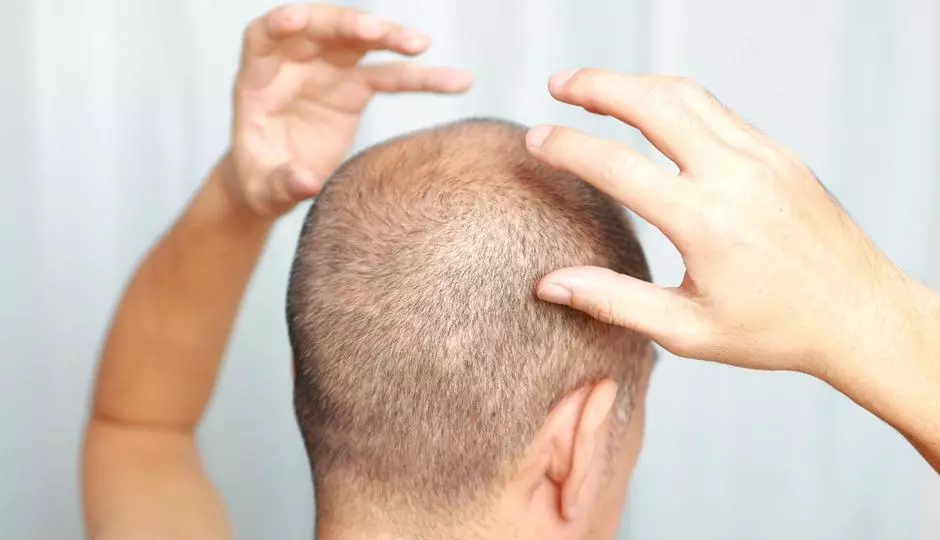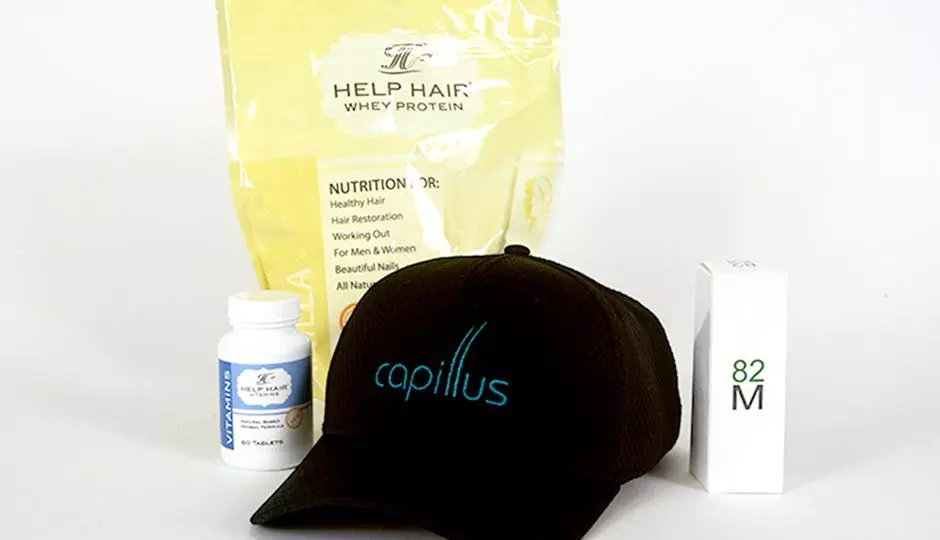How is is it treated?
In this last post on Cicatricial Alopecias, I discuss details on treatments, hopefully providing more clarity on this group of disorders.
In previous blog posts, we covered these questions:
- What is cicatricial alopecia or scarring alopecia?
- Are there different kinds of cicatricial alopecia?
- What causes cicatricial alopecia?
- Who is affected by cicatricial alopecia?
- Are cicatricial alopecias associated with other illnesses?
- How are cicatricial alopecias diagnosed?
Remember that scarring alopecia indicates inflammation under the scalp is attacking the hair follicle. If this is suspected, tissue samples sent to a pathologist specializing in hair and scalp allow for a confirmed diagnosis of cicatricial alopecia.
How are cicatricial alopecias treated?
A further confusing detail is that all inflammation is not the same. There are different kinds of inflammation, but three types are most prevalent. Identifying which of these three below dominant types of inflammatory cells are attacking hair follicles is the basis for determining cicatricial alopecia treatment.
- Lymphocytes
- Neutrophils
- Mixed inflammatory cells
Digging more deep, each inflammation subtype has a different treatment strategy.
I would have a more detailed conversation with you about which type of inflammatory cells are present in your individual situation, which would steer the direction of your treatment.
It can be complicated, but here are some general treatment principles for each type of inflammation:
1.Lymphocytic Group
The goal of treatment for this group of cicatricial alopecias (including lichen planopilaris, frontal fibrosing alopecia, central centrifugal cicatricial alopecia, pseudopelade (Brocq), chronic cutaneous lupus erythematousus, and keratosis follicularis spinulosa decalvans) is to decrease or eliminate the lymphocytic cells that attack and destroy the hair follicle.
Treatment involves the use of different types of anti-inflammatory medications:
- Oral medications (including hydroxychloroquine, doxycycline, cyclosporine, or corticosteroids)
- Topical steroids
- Steroids injections into the area of inflammation on the scalp
2. Neutrophilic Group
Treatment of the neutrophilic group includes:
- Topical antibiotics
- Oral antibiotics
- Injected steroids
3. Mixed Group
Treatment for the mixed group includes:
- Antibiotics
- Steroids
Treatments for all groups of cicatricial alopecia are usually prolonged, and administered for 6 to 12 months or longer until we can control symptoms and signs of scalp inflammation. In other words, treatment cannot be stopped until the itching, burning, pain and tenderness have cleared, and scalp redness, scaling, and/or pustules are no longer present.
Often, though, clinical activity returns with this alopecia, which means continued treatment for your scalp is necessary, and consequently surgical hair restoration is not an option unless the disease has been inactive for one to two years.
Will my hair grow back?
Hair can’t grow back once inflammation destroys the follicle. However, before further damage, there is a possibility of treating the inflammation in and around the surrounding follicles. So, taking action and starting treatment as early as possible to stop the inflammatory process and further hair loss is crucial. Also, to stimulate any small, remaining, unscarred follicles, Minoxidil 2% or 5% is applied twice daily to the scalp.
As is the common theme with this disorder, the progression of hair loss is unpredictable. In some cases, progression is slow, and sufficient hair remains to cover the affected scalp areas; in other cases, progression can be rapid and extensive.
How should I care for my hair?
During the course of treatment follow your regular hair care routine. We carry a very mild shampoo excellent for all scalp types and especially gentle on any irritation. Most products and shampoos are safe to use, as long as the products don't aggravate the scalp. Additionally, hairpieces, wigs, hats, scarves are safe to wear.






